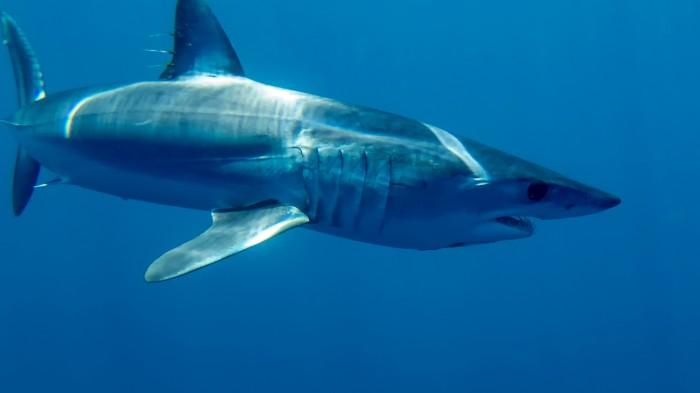Mako Shark Teeth: What Makes Them Different

Sharks are some of the most intriguing creatures to exist in the ocean. They have been around for millions of years and evolved over time to become the apex predators they are today. One unique feature of sharks is their teeth, which can vary greatly in size, shape, and color depending on the species. Mako shark teeth are particularly interesting since they have a distinct look that sets them apart from other shark species. In this blog post, we’ll take a closer look at what makes Mako shark teeth so special and why collectors find them so appealing.
Serrations & Color
Mako shark teeth come in a variety of shapes and sizes, but one thing that all Mako teeth have in common is their straight shape. Mako shark teeth lack the serrations that other species have and feature a straight cutting edge which is believed to be a more efficient way for them to slice through their meals.The color of Mako teeth also differs from other species; they range from white to dark brown or black due to their high iron content. The very dark brown root on a Mako shark’s tooth is caused by the high iron content in the enamel that forms around the base. This gives them their unique look and adds to their appeal for collectors. The higher levels of iron also make Mako shark teeth more durable than those from other species, allowing them to last longer in a collection. The mottled gray enamel on Mako shark teeth is caused by the presence of calcium phosphate in the enamel. Calcium phosphate is a mineral that helps to make the tooth more durable and resistant to wear. It also gives the tooth its unique pattern, which many collectors find attractive and eye-catching.
Size & Location
Mako shark teeth can also be distinguished by their size; they tend to be larger than those of other species, with some specimens measuring up to 4 inches long! This makes them ideal for collectors who are looking for something different from traditional shark tooth collecting. Additionally, Mako sharks generally live in deeper waters (over 1000 feet) where few people venture—making it difficult to find these rare specimens on your own! As such, collecting Mako shark teeth can be quite rewarding if you know where to look. Mako shark teeth are typically found by observers off the coast of North America, though they can be discovered elsewhere; these unique sharks have been in these waters for centuries. Many enthusiasts of marine life travel to the coasts of various states and countries around the world to look and search for Mako shark teeth whether in rock formations and sediment or by searching tidal pools. Surprisingly, some lucky beach goers find shark teeth simply by walking around their local beaches – who needs a vacation? For those brave enough to venture into deeper waters, many ocean vessels also offer special Mako shark tooth hunts which result in highly sought after, valuable collectables!
Diet
Another interesting fact about Mako sharks is that despite having large teeth, they typically feed on smaller fish like squid and mackerels—not large mammals like other species do! This means that you won’t need to worry about being attacked by these majestic creatures if you decide to go looking for their rarer finds!
In conclusion, Mako shark teeth are unique compared to other species’ because they have serrated edges and come in larger sizes than most others. Their high iron content gives the teeth a dark hue that adds an extra layer of intrigue for collectors. Furthermore, due to the deep-sea environment where they live, finding these rare specimens can be quite rewarding—if you know where to look! If you’re interested in expanding your collection with some truly unique pieces then consider adding some Mako shark teeth into your collection today! Check our online store to see the Mako teeth that we have in stock along with other species that we carry.
